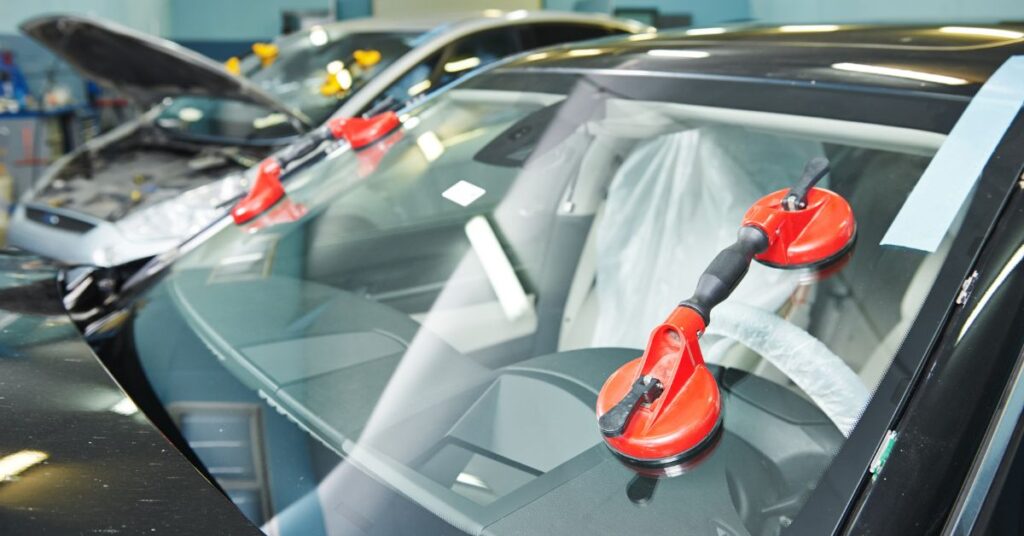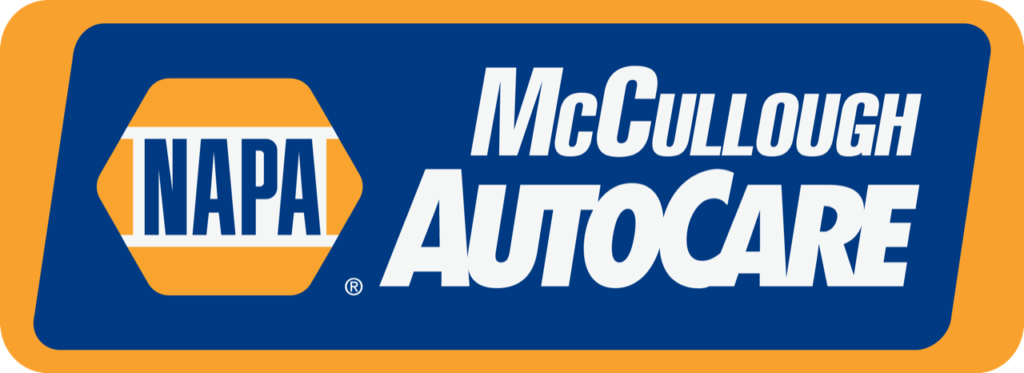
Table of Contents
Gone are the days when features like backup cameras or seat belts were the pinnacle of vehicle safety. Modern vehicles offer a revolution in automotive safety thanks to Advanced Driver Assistance Systems (ADAS). Unlike traditional safety components, ADAS involves a complex array of sensors and cameras, such as radar and LiDAR, designed to gather extensive data about the vehicle’s surroundings.
Onboard computers then process this data to facilitate actions like automatic emergency braking or lane keeping. However, the precision and effectiveness of ADAS hinge on one critical factor: proper calibration. Let’s dive into why ADAS calibration is crucial for the functionality of these sophisticated safety systems.
What is ADAS?
ADAS is an acronym for Advanced Driver Assistance Systems. It represents a significant leap in automotive safety technology. These systems are not just fancy add-ons but are integral to modern driving safety. Using a combination of windshield-mounted cameras and sensors, ADAS constantly monitors the vehicle’s environment. The collected data is analyzed to activate safety features like lane keep assist, blind spot monitoring, and forward collision alerts. Essentially, ADAS acts as an extra set of eyes, enhancing safety and awareness on the road.
What is ADAS Calibration
ADAS calibration is the process of fine-tuning the ADAS to ensure its sensors and cameras are perfectly aligned and functioning correctly. This process is vital because ADAS relies on accurate data to make crucial driving decisions. Even a slight misalignment can lead to incorrect readings, affecting the system’s reliability and potentially compromising safety.
Why is ADAS Calibration Important
The precision of ADAS is paramount. A slightly out-of-sync system can lead to malfunctions or false readings. Proper calibration ensures that the ADAS functions as intended, providing accurate and reliable assistance to the driver. It’s about maintaining the integrity of a system designed to protect lives.
When is ADAS Calibration Necessary?
Generally, ADAS is a low-maintenance aspect of your vehicle. However, certain situations necessitate recalibration to ensure its components function correctly.
Windshield Replacement
Replacing a windshield on a vehicle equipped with ADAS often involves removing and reattaching the forward-facing camera. This process can significantly disturb the camera’s calibration if the new windshield’s properties differ slightly from the original. It’s now a standard practice to perform an ADAS calibration after any windshield replacement, especially when the forward-facing camera is involved.
Collision Damage
Vehicle accidents, even minor ones, can disrupt the precise positioning of ADAS sensors. Modern vehicles’ crumple zones can shift these sensors when impacted, leading to inaccurate readings. Post-repair, it’s crucial to recalibrate the ADAS to ensure it functions as designed.
Sensor Damage
ADAS sensors are integrated throughout the vehicle – in taillights, behind grille emblems, and in side mirrors. Damage to these areas, even something as simple as a cracked taillight, can impair the ADAS. It’s advisable to check the system whenever there’s noticeable damage to any sensor location.
Vehicle Modifications
The Specialty Equipment Market Association (SEMA) has been investigating the impact of aftermarket modifications on factory ADAS. Findings suggest that modifications, like lift kits or different wheel sizes, can alter how ADAS responds. While recalibration can help, it’s important to note that modified vehicles may not perform identically to their factory-stock counterparts.
Schedule ADAS Calibration with McCullough NAPA
Understanding when and why ADAS calibration is necessary is key to maintaining the safety and efficiency of your vehicle. Whether after a windshield replacement, a minor collision, sensor damage, or vehicle modifications, ensuring your ADAS is accurately calibrated is crucial. Schedule your ADAS calibration with McCullough NAPA today. Our team of experts is equipped to handle the precise calibration your vehicle needs, ensuring your safety systems function flawlessly. Don’t wait until it’s too late. Contact us now to book your appointment and drive confidently, knowing your vehicle’s safety systems are at their best.
FAQ About ADAS Calibration
ADAS calibration should be performed whenever there’s a disruption or disturbance to the system’s components. This includes after windshield replacements, collision repairs, sensor damage, or any significant vehicle modifications that might affect the system’s accuracy.
Vehicles equipped with Advanced Driver Assistance Systems (ADAS) require calibration. This includes many modern vehicles featuring safety technologies like lane keeping assist, adaptive cruise control, automatic emergency braking, and other sensor-based systems.
If ADAS is not properly calibrated, the system may malfunction or provide inaccurate information, which can compromise the safety features of the vehicle. This can lead to incorrect warnings, failure to activate necessary safety measures, or even cause unintended vehicle responses.
If your vehicle has ADAS features, particularly a forward-facing camera mounted near the windshield, recalibration is necessary after a windshield replacement. This ensures that the camera and sensors are correctly aligned and functioning as intended.
Yes, ADAS calibration is typically necessary after a windshield replacement, especially if your vehicle has a forward-facing camera or sensors near the windshield. The calibration ensures that these components are accurately aligned and functioning correctly post-replacement.

